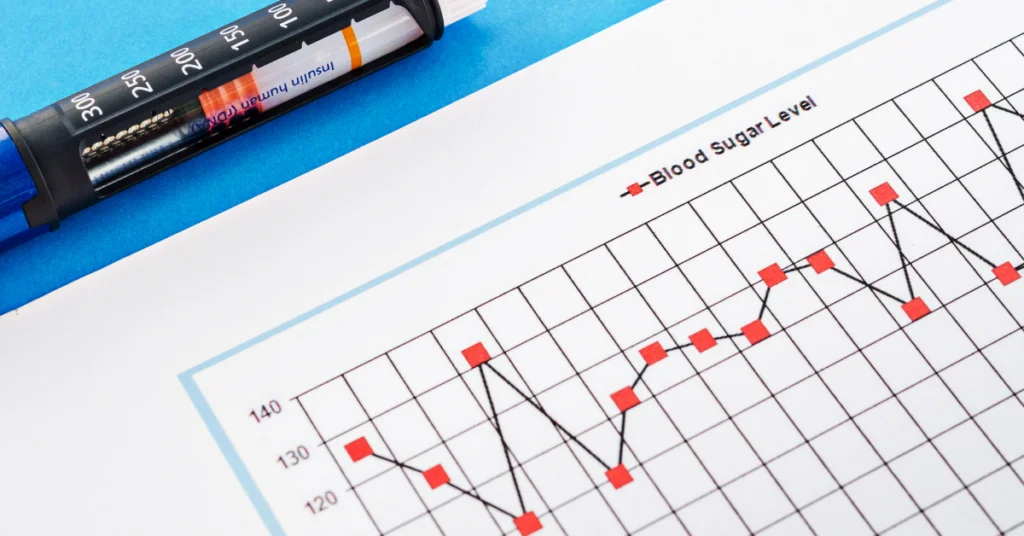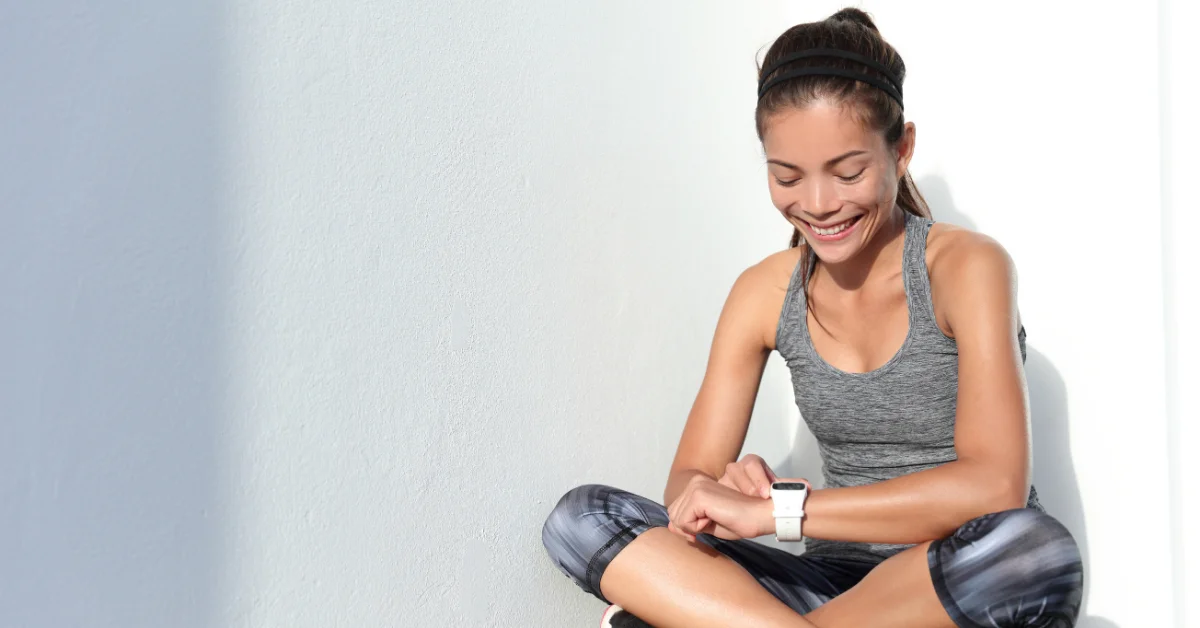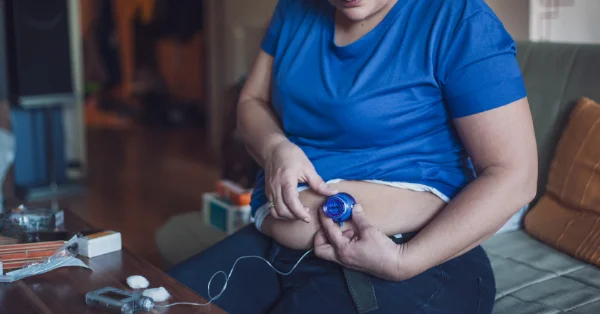Introduction
Whether you have been recently diagnosed or have been living with diabetes for many years, everyone is at different stages of their own diabetic journey. One thing in common we can all have is being able to control our diabetes through a healthy lifestyle with regular exercise.
The word “exercise” may seem daunting to some individuals, but exercise doesn’t have to mean lifting weights or endlessly running on a treadmill. Let’s make exercise fun! More importantly, let’s show everyone that we can live a healthy and happy life and that we are in control of our own diabetes.
Introducing and adapting exercise with Diabetes
As a diabetic, adapting exercise and fitness into your lifestyle can massively improve your physical and mental wellbeing towards the disease. For many, the word “exercise” is often thought of as a form of punishment and referred to in a negative way. Many of us may even be exercising without even knowing we are doing it. Adapting your lifestyle with ways in which you can incorporate daily activity and exercise can be a great place to start. Running, cycling, and walking are three great ways of staying active, while enjoying the fresh air that these activities can offer. Simply increasing your pace when walking or walking to the store instead of driving can make a huge positive change to your lifestyle, which your diabetes will reap the benefits from. The early stages of diabetes can bring some individuals a surge of self-doubt and negativity within themselves. This can bring on an onset of diabetes burnout and the urge to simply give up, resulting in a lack of motivation and no drive to stay in a healthy mindset when it comes to exercise. You are stronger than this!
Now stop and take a step back to think about your options. Think about how you can use exercise to allow a positive outlook on your life and journey with diabetes. Set yourself goals, enjoy the fresh air, and tell yourself that you can beat your diabetes. You are in control!

Benefits of Exercise with Diabetes
Living with diabetes is allowing you a head start in using fitness and exercise to manage your health and lifestyle. It means signalling changes that you must adopt to allow the benefits to accumulate. Think about it! Those living with Type 2 Diabetes are given a way in which they can reverse the symptoms of diabetes by simply adapting to a healthier and more active lifestyle. You might have never thought about using fitness to control and improve your health, but now it is almost second nature to you to adopt these techniques into your life to bring out the positives.
The benefits of exercising with diabetes comes in many ways such as:
• A reduction in glucose levels as a result of your body using excess energy in the form of glucose to sustain your body during exercise.
• Creating a much more positive mental attitude towards your diabetes, improving your mental health.
• Aiding in weight loss through different exercise techniques and an increased heart rate.
• Increasing insulin sensitivity as a result of reduced body fat and increased muscle mass. This allows an increased blood flow through the body, aiding insulin beta cells being carried around the bloodstream.
Diabetes is a journey with obstacles and hurdles along the way. Exercise can create a way of controlling your own diabetes and manoeuvring yourself around the obstacles that stand in your way.
How exercise affects blood glucose levels

Exercising with diabetes can affect your blood glucose levels in different ways, depending on what type of activity you are taking part in.
Some may put off taking part in regular exercise or increase their activity level as they may have fears that their glucose levels will drop a considerable amount, causing episodes of hypoglycemia. This isn’t the case.
Exercises that involve high levels of resistance, i.e weight lifting, can cause a rise in glucose levels through the increase in hormones- known as adrenaline and cortisol. These raise your blood glucose levels as a response to dealing with the pressure that weight training puts on your body. We refer to this as “fight or flight.”
Lower impact exercise, such as aerobic and cardio workouts can reduce your glucose levels over the course of the workout and continue to do so even after the exercise. Your heart rate increases, causing you to breathe harder and causing your muscles to use up more glucose. This allows an increase in insulin sensitivity and a faster decrease in your glucose levels.
Checking your blood glucose levels prior to starting any form of exercise can be beneficial and allow you to either correct your glucose levels by consuming carbohydrates, if they fall below 6-7mmol/l or by lowering your levels if they are above 11mmol/l. Trial and error can really allow you to spot the patterns in your blood glucose while exercising, and allow you to very quickly adapt to managing them through exercise.
Getting support with exercise
You are not alone when it comes to living and dealing with your diabetes.
Increasing your activity levels and adapting exercise into your lifestyle can create a sense of panic with an increase of uncertainty in how to accomplish this.
There are many ways in which you can receive information about exercise within diabetes and adapting different techniques into your lifestyle to allow an increase in activity levels. These can be achieved by:
• Talking to your health care team and diabetic health professionals which allows them to see how you can incorporate exercise into your current regime. They can point you in the right direction with techniques that suit your current lifestyle.
• Local diabetic support groups are great as they offer a way in which many like minded individuals can come together to share tips regarding exercise and activities. You could learn about events that are taking place in and around their local area which bring together a diabetic community.
• Using online tools and health planners which allow a way in which you can keep on track of your own personal goals with exercise. These can help with motivation and a sense of urgency to keep up with your exercise and activity levels.
Remember…this is your own diabetic journey but you are not alone!

Gino Fasolino
Diabetic Care and Management Mentor and Level 3 Personal Trainer. Managing glucose levels using Fitness, Nutrition, Lifestyle and Weight Management techniques.









